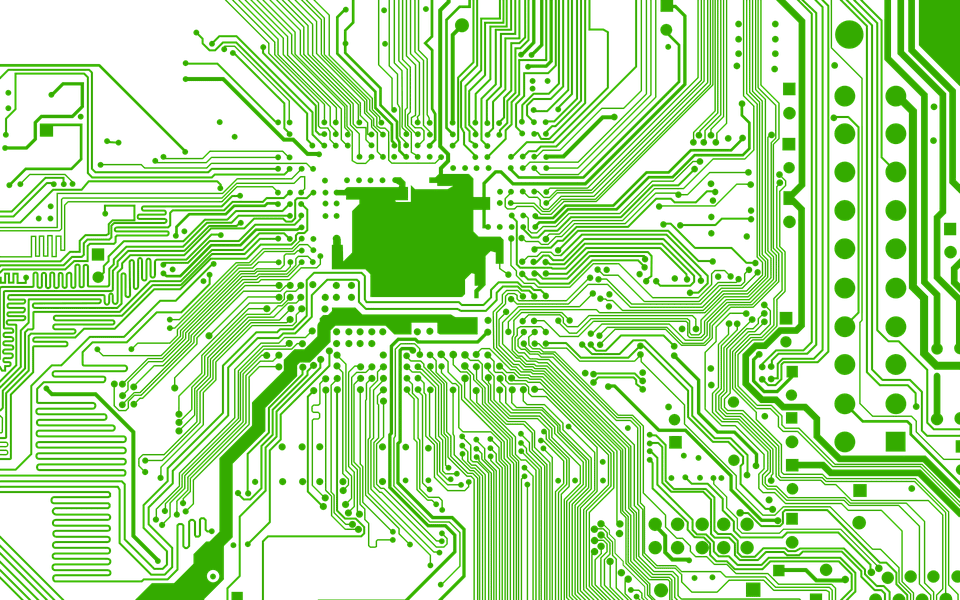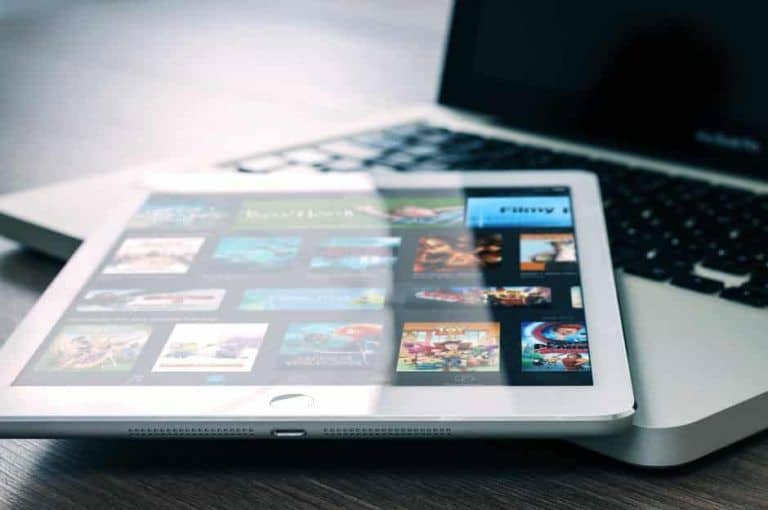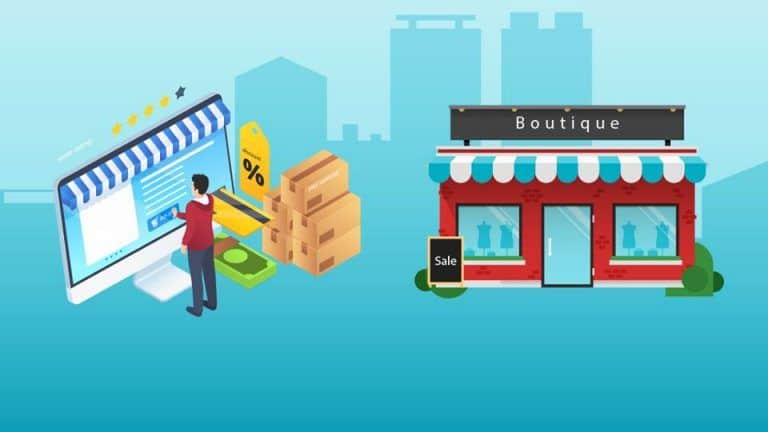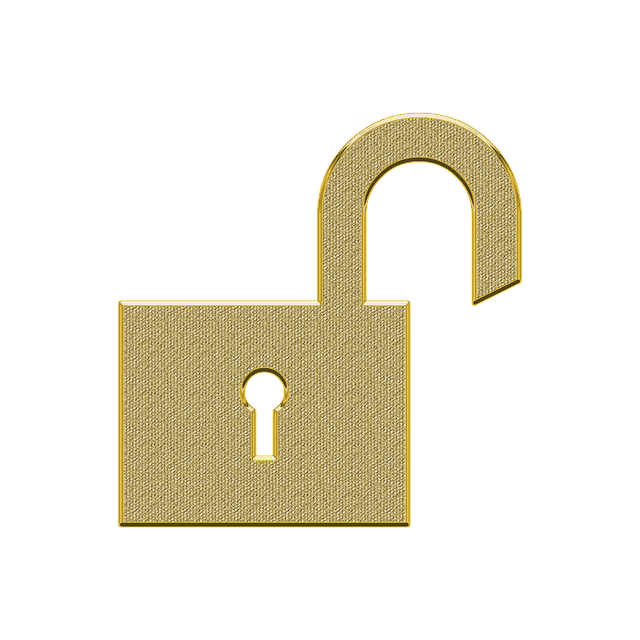The Printed Circuit Broad – A Brief History

While we’d wager that most of you have heard of printed circuit boards, how many of us really understand how this universal electrical component really works?
In fact, a printed circuit board (or PCB) mechanically supports and seamlessly connects a host of electronic components in any given device, using conductive tracks, pads and other features etched from laminated copper sheets. Advanced PCBs may also incorporate additional components such as capacitors or resistors, depending on the core application of the device in question.
Make no mistake; you’ll find PCBs in every electrical product, from computers and laptops to printers and televisions.
But what’s the history of this component and what does the future hold in store?
The History of Printed Circuit Boards
The origins of the PCB can be traced back to 1936, when Austrian engineer Paul Eisler invented this component as part of a radio set while working in England.
Before this time, point to point construction was used in rudimentary electrical devices, creating incredibly bulky and unreliable designs that gradually became unfit for purpose.
By 1943, the PCB design had reach the U.S., were boards were refined and manufactured on a large scale to make proximity fuses for use in World War II. In the post-war era, America’s patented PCBs were released for commercial use, enabling this technology to become commonplace in consumer electronics by the mid-1950s.
Of course, technological advancements has caused electronic devices and equipment to become smaller, creating a pressing need for PCBs to be reformed over time.
To this end, small surface mount parts have been used increasingly in PCBs instead of so-called through-hole components, enabling manufacturers to produce smaller and cheaper boards without compromising on functionality or performance.
Arguably, this has caused some issues in terms of servicing faulty boards during the last 30 years or so, but these have gradually by overcome thanks to the advent of new technology.
Now and Then – What Does the Future Hold for PCBs?
For now, the technology behind PCBs and PCB connectors remains relatively stable, with most printed circuit boards using multi-step methods including conventional vacuum deposition and photolithographic patterning.
However, it has been widely noted that these methods offer disadvantages in the digital age, as they require a high processing temperature, are expensive and involve the production of toxic waste.
Resolving these issues will undoubtedly be the next focus of PCB innovation, with the circuit boards of the future likely to be revolutionised and far more sustainable from a design and manufacturing perspective.
In fact, this evolution has already begun, with the use of 3D printing having become increasingly mainstream and laid the foundations for a ‘3D printing’ circuit board.
Greener PCBs may also be made from more recyclable materials, with paper mooted as a viable option. This type of change is inevitable going forward, with the only potential variable being the timeframe for such evolution.




